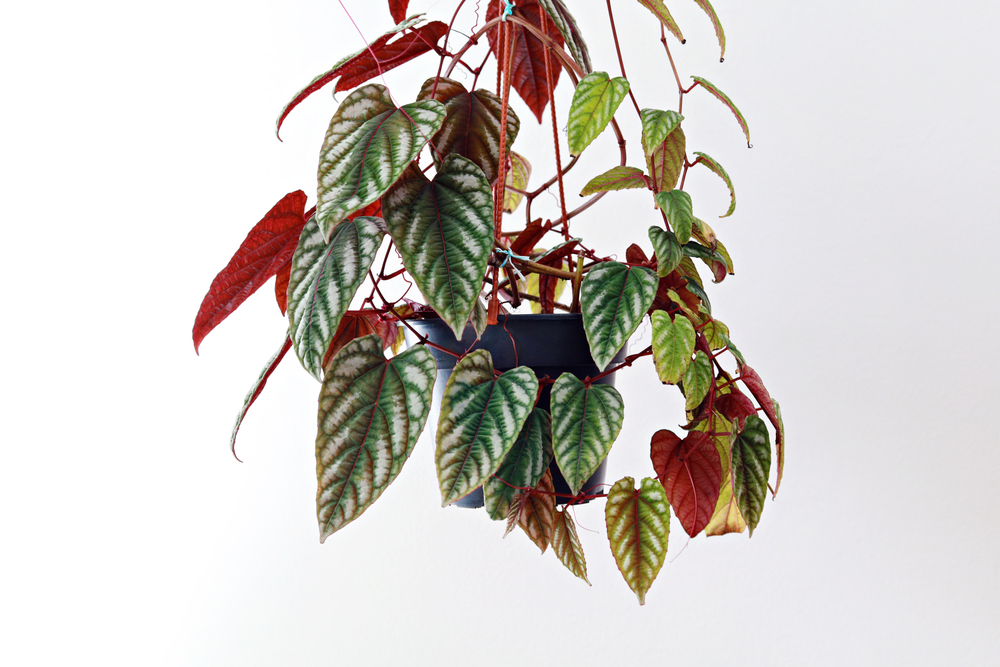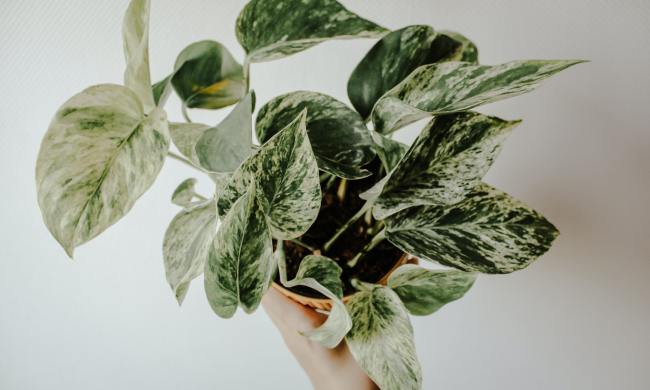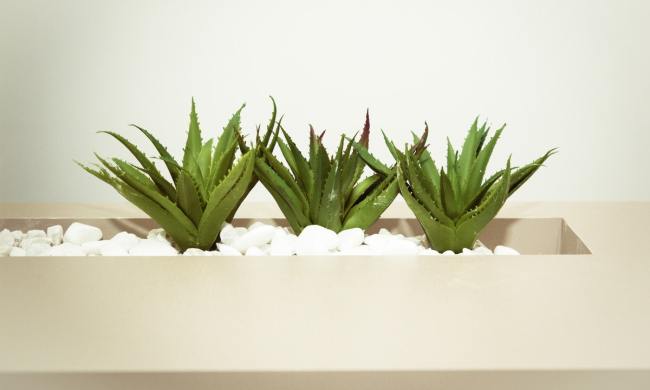There’s something elegant and classic about a golden pothos or a monstera, but sometimes we plant lovers want something a little different. Unfortunately, that usually comes with a higher price tag and fussier plants. The popular plants that we know and love are often popular because they’re easy to care for and affordable. This isn’t the case for the Cissus discolor. This plant is often tough to find, and when you do find it, you’ll soon discover just how temperamental it can be.

What is the Cissus discolor?
The Cissus discolor is native to the rainforests of Java and isn’t considered a beginner-friendly plant. It belongs to the grape family of plants, but the vibrant color and pattern of the leaves give it its more common name of climbing rex begonia. This Java native can grow up to eight feet in its natural habitat and the leaves can grow from three to six inches. The leaves of the Cissus discolor are stunning in shape and color and have a velvety texture to them. Additionally, if you love contrasting veins on your plants, you’re going to love the silvery veins on the leaves of this fussy plant. The underside of the leaves are striking as well, featuring a maroon or almost purple color. When it comes to looks, this plant has it all and will be the perfect addition to any plant lover’s collection.

Care tips for a Cissus discolor
When you spend time searching for the Cissus discolor and then pay a pretty penny for it, you’ll want to be sure you know what you’re doing in terms of its care.
Water
While the plant is growing in the spring, summer, and fall, do not let the soil dry out. As we mentioned above, this is a rainforest native used to moist conditions, and prolonged dry soil can be devastating to the plant’s health. However, this doesn’t mean you want waterlogged soil, but soil that’s moist almost constantly. During the winter, you can allow the soil to dry out a bit between waterings.
Light
As a climbing plant in the rainforest of Java, the Cissus discolor prefers bright but indirect light. In its natural environment, the Cissus discolor will get sunlight filtered through the canopy of the larger trees around it. Finding a spot with bright filtered light will be ideal, so maybe look into a south-facing window with some sheer curtains.
Food
You can provide the Cissus discolor with a balanced fertilizer monthly during the growing season but don’t fertilize it during the winter months. This isn’t a fast-growing plant, but you should still notice a difference between the speed of new leaves appearing during the growing season and the dormant season.
Temperature
The Cissus discolor prefers temperatures between 70 and 80 degrees Fahrenheit during the summer and won’t survive for long in the winter if temperatures go below 65 or 70 degrees. This can make it hard for owners to allow their homes to get on the more chilly side during winter. It also means you’ll want to avoid drafty windows and doors where the temperatures fluctuate daily.
Humidity
This plant needs high humidity similar to that which it would get in the rainforest. To ensure it doesn’t get too dry, avoid placing it near a vent, a drafty door, or a chilly window. To boost the humidity of the space around it, you can group it with other humidity-loving plants, set up a humidifier, or mist the plant every day. Ideally, you could have it in a sunny bathroom where you take a shower regularly.
Toxicity
Although this plant is fussy and might be harder to care for than your other plants, you can rest assured knowing it’s non-toxic to both humans and pets. However, since it is a more rare plant that you’ll be working hard to care for, you’ll likely still not want kids or pets to take a curious bite of those lovely leaves.
Additional care
Since the Cissus discolor climbed up the sides of trees in the Java rainforest, this plant will do best hanging in a basket or climbing up a trellis. That way, the large leaves can gather enough light while also being easily enjoyed at eye level.
The Cissus discolor, or Rex begonia, is a stunning but challenging plant to care for. But with these tips and tricks, we think you’ll be equipped to grow and enjoy this plant in your home successfully. Just be sure to avoid drafty spots in the home and keep the soil moist during the growing season.


